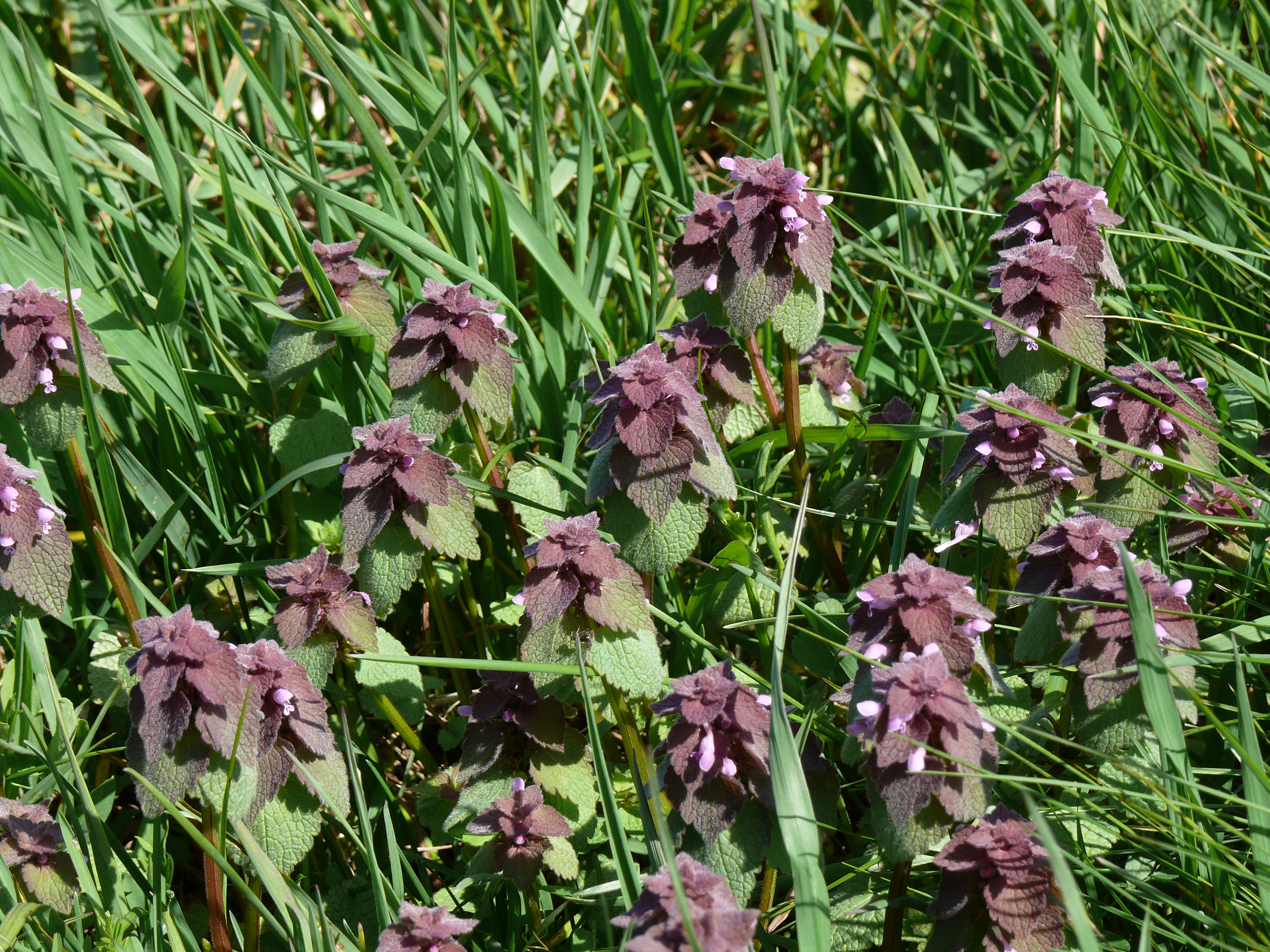Keith Bennett, 12, was killed in 1964 by Ian Brady, the so-called Moors Murderer.

Keith was one of five children tortured and killed by Brady and his girlfriend Myra Hindley in the 1960s. Keith's burial place is still a mystery. His mother died last year without ever knowing where her son was buried.
For a comprehensive account of Brady's and Hindley's crimes click here.
Advances in Search Techniques
Undoubtedly, the best way of searching for clandestine graves is to employ a team of experts, each of whom is a specialist in a particular forensic investigative method.

Investigative methods in forensic geology, botany, entomology and chemistry are becoming increasingly specialized. Innovations in remote sensing tools e.g. thermal cameras have added another dimension to the search process.
In addition, portable soil chemistry equipment is much more sophisticated now. Near-surface geophysical devices and mapping instruments can also play their part in clandestine grave location.
Here is a link to an article which discusses new technologies and procedures for the discovery and recovery of buried victims.
Plants as Indicators of Clandestine Graves
Despite the availability of the various new techniques discussed in that article, the value of plants as indicators of the location of clandestine graves is still relevant.
In a previous blog, we saw how pollen was a major factor in determining the location of the bodies of Derek and Eileen Severs. Now I want to consider the use of whole plants.
General Soil Disturbance Indicators
Digging a grave - even one that is shallow - produces significant disturbance to the local environment. Besides destroying the primary root structures of the plants, the act of digging also causes the layers of soil to become redistributed.
Soil layers with poor nutrient content may end up on the surface. This results in either little or no plant life, less dense growth or growth that is smaller and newer than nearby vegetation.
Digging a deep grave may disrupt layers of soil with differing levels of water retention.
Depending on the soil composition, opening up the soil structure will either allow for greater water retention or cause more evaporation of soil moisture.
Over time, more water-retentive soil will produce vegetation that is more lush than that of the surrounding area.
Where the soil is losing moisture, the vegetation is likely to exhibit more browning of the leaves than nearby vegetation.
Plant Succession Clues
When an area of ground is disturbed by digging a grave, plants will colonize the area in a set pattern of succession.
The first plants will be the 'pioneer' or 'opportunistic' species. These will usually be grasses and weedy species.
These will be followed by long-lived perennials and finally, small shrubs and trees, known as 'climax' vegetation.
The rate that a disturbed area is recolonized will depend on the amount of light and water, the temperature and the soil conditions.
It is possible to predict plant successional stages for some habitat sites. If a localized site exhibits different successional stages from the surrounding vegetation, then this is a good indicator of a potential grave site.
Another clue is the lack of species diversity in the localized site compared with the surrounding vegetation.
Fungi as Indicators
Certain fungi are closely associated with the presence of a decomposing corpse. Ammonia fungi and post-putrefaction fungi provide visible markers of likely grave sites.
Estimating Time of Disturbance
Plants that are growing on a site can also provide evidence of time since the last disturbance.
The act of digging and refilling the grave with soil produces a seedbed in which new plants can become established.
For example, winter annuals such as the purple deadnettle, Lamium purpureum, germinate in autumn and die the following year after flowering.

The presence of the purple deadnettle in a localized area would mean that the soil was last disturbed in mid-autumn or earlier in the previous year. If the soil had been disturbed later than this, the small seedlings would have been destroyed.
This data may correlate well with the dates in which a missing person was last seen alive.
Studies have shown that disturbed plots can remain visually different for up to five years. However, changes in vegetation patterns do not necessarily mean that a buried body is present. It is the soil disturbance that creates the change; not the presence of a body.
A Grave Site Revealed
I started this blog by highlighting the still unknown location of Keith Bennett's remains. One murderer, did, however, finally reveal where he had buried the body of his victim and the family were able to have closure.
Shane Fitzpatrick killed David Guilfoyle (pictured right) in 2005 in a fit of jealous rage. Seven years later he revealed that Guilfoyle was buried in a shallow grave in a local beauty spot.
Police took Fitzpatrick from his prison cell so he could show them the location of Guilfoyle's grave.
A search revealed human remains, which were subsequently identified as those of David Guilfoyle.
Here is an illustrated article about the case.
Just to let you know that I'll be blogging every two weeks until September, when I'll be back on a weekly schedule. My readership is growing steadily, so do, please, leave a link to your book in the Comments section.

